Day 292 of the Quarantine (December 31, 2020)
New Year’s Eve. 302 species of birds overall for the year, 250 for the county, and 136 for the yard. Highlights include the tundra swan at Dana Point. The glossy ibis at Wilcox Twin Lakes. The eared quetzal in the Chiricahuas. But the best by far were the birds I never left home for: the red-faced, hermit, and Grace’s warblers and that astounding, appearing-out-of-nowhere gray catbird—all in my pajamas.
I resolve this new year to spend more time in my PJs.
We leave 2020 behind and enter the new year with tardigrades, courtesy of my 5-year-old granddaughter Giavanna Sky, whom I’m visiting in Flagstaff. This is her latest interest and I’m happy to comply. I ordered the tiny, eight-legged, translucent “water bears” from Carolina Biological Supply Co., dusted off my dissecting stereo microscope, and planted a small, glass-walled terrarium with local ferns and mosses. Habitat for micro pets.
When the tardigrades arrive, Gia and I aerate their vial and pipette a drop of water onto a microscope slide. “I see one!” she says, looking intently into the eyepieces and then turning her sharp, dark-brown eyes on me.
The squat, tubular body pumps its legs as it paddles through its liquid world.
Later, Gia uses the pipette to transfer the animals to their new home in the terrarium. “Now they can be moss piglets,” she tells me, explaining how tardigrades “can live in space for ten days” and even “in the Mariana Trench” by going into “survival mode.” I see science fair projects in her future, maybe involving simulated Martian soils and deep freezes, but for now Gia wants to be a gastroenterologist. “For tardigrades,” she assures me.
“For tardigrades?” I say, unsurprised and hoping that Carolina Biological has tiny endoscopes.
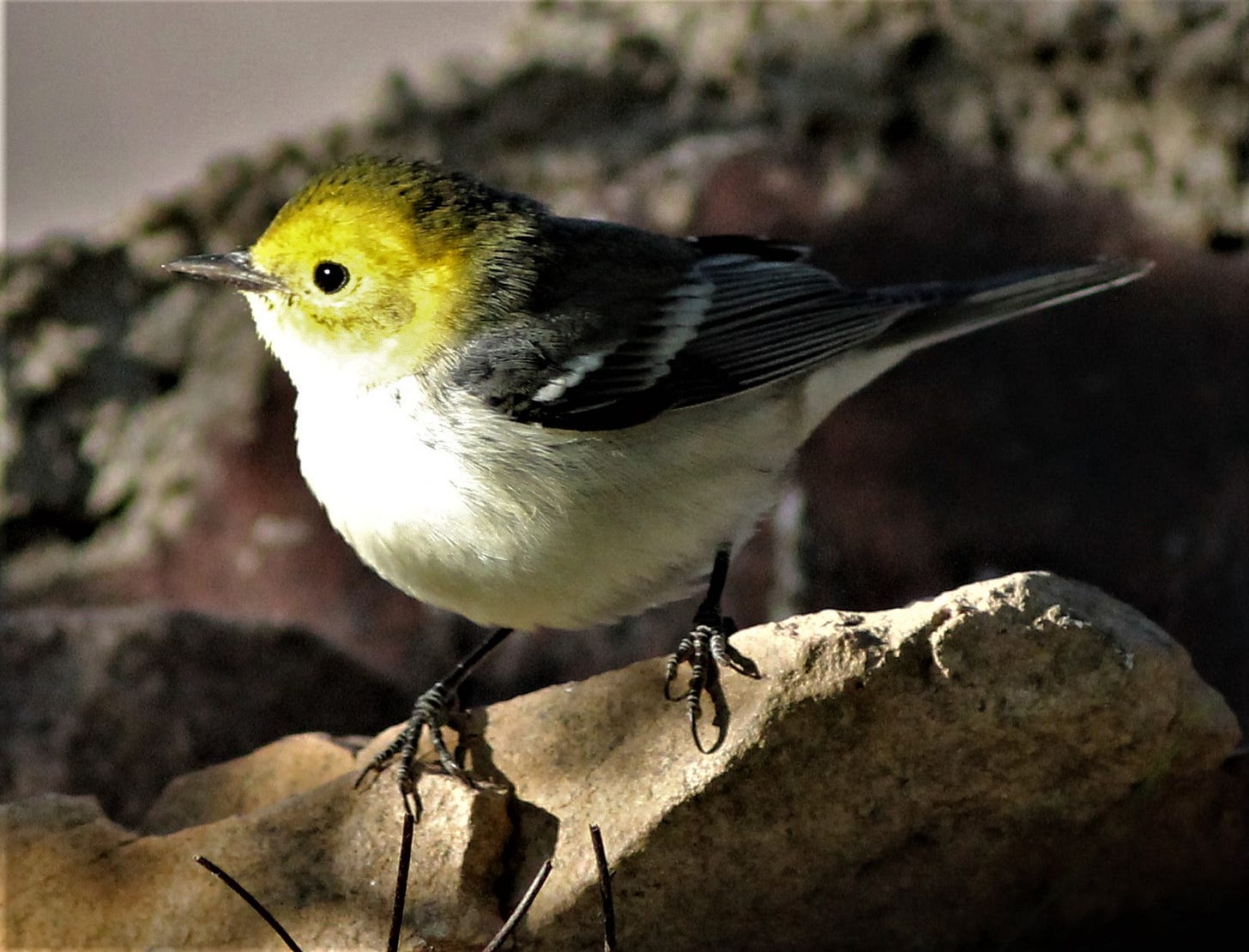
Thanks for subscribing! More to come in 2021 when I’ll be catching up to present day!
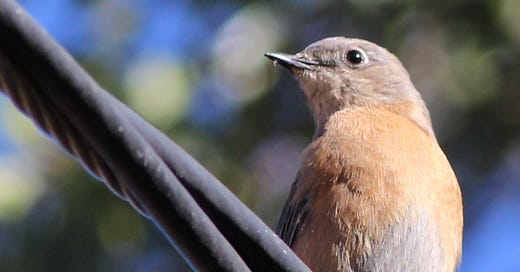



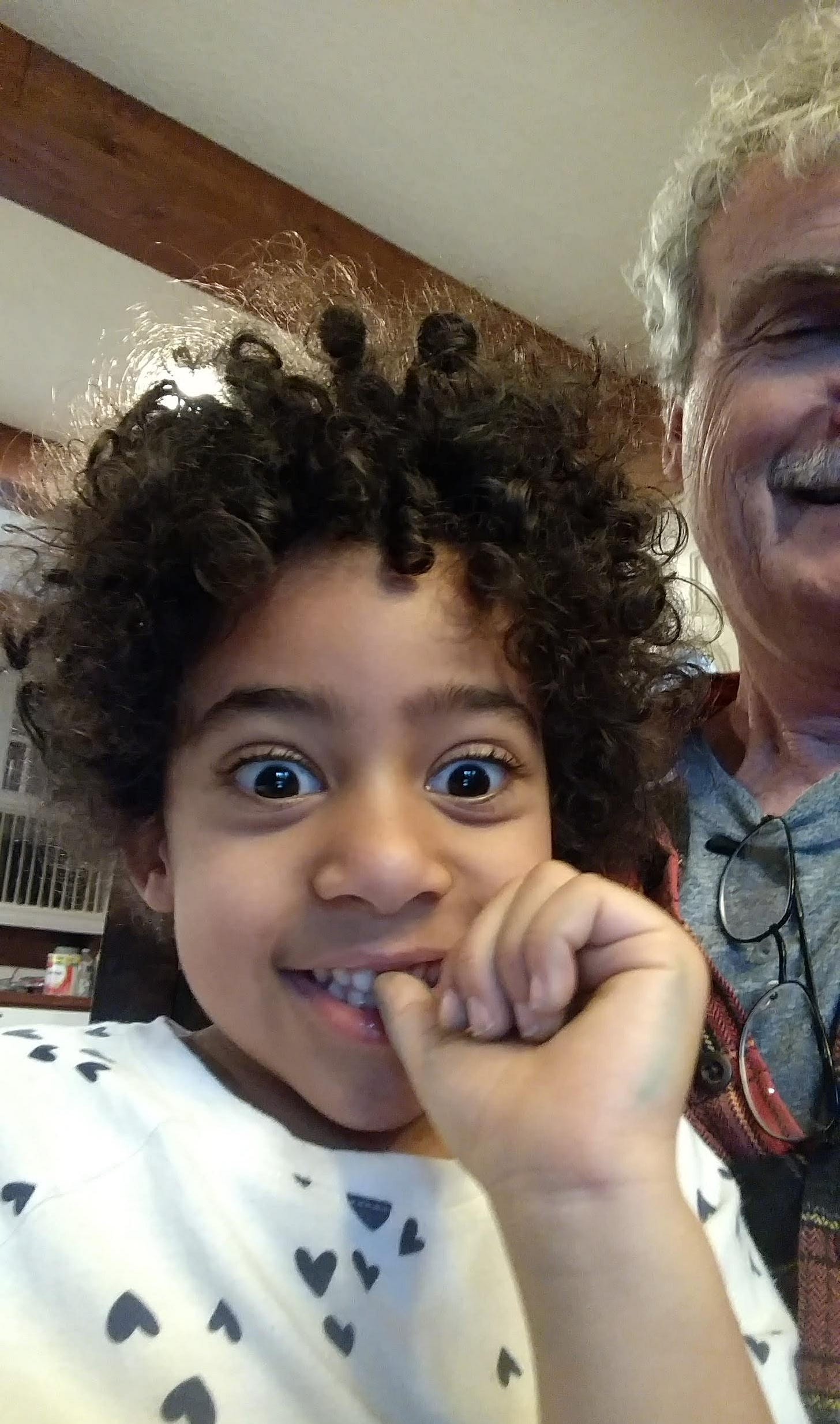
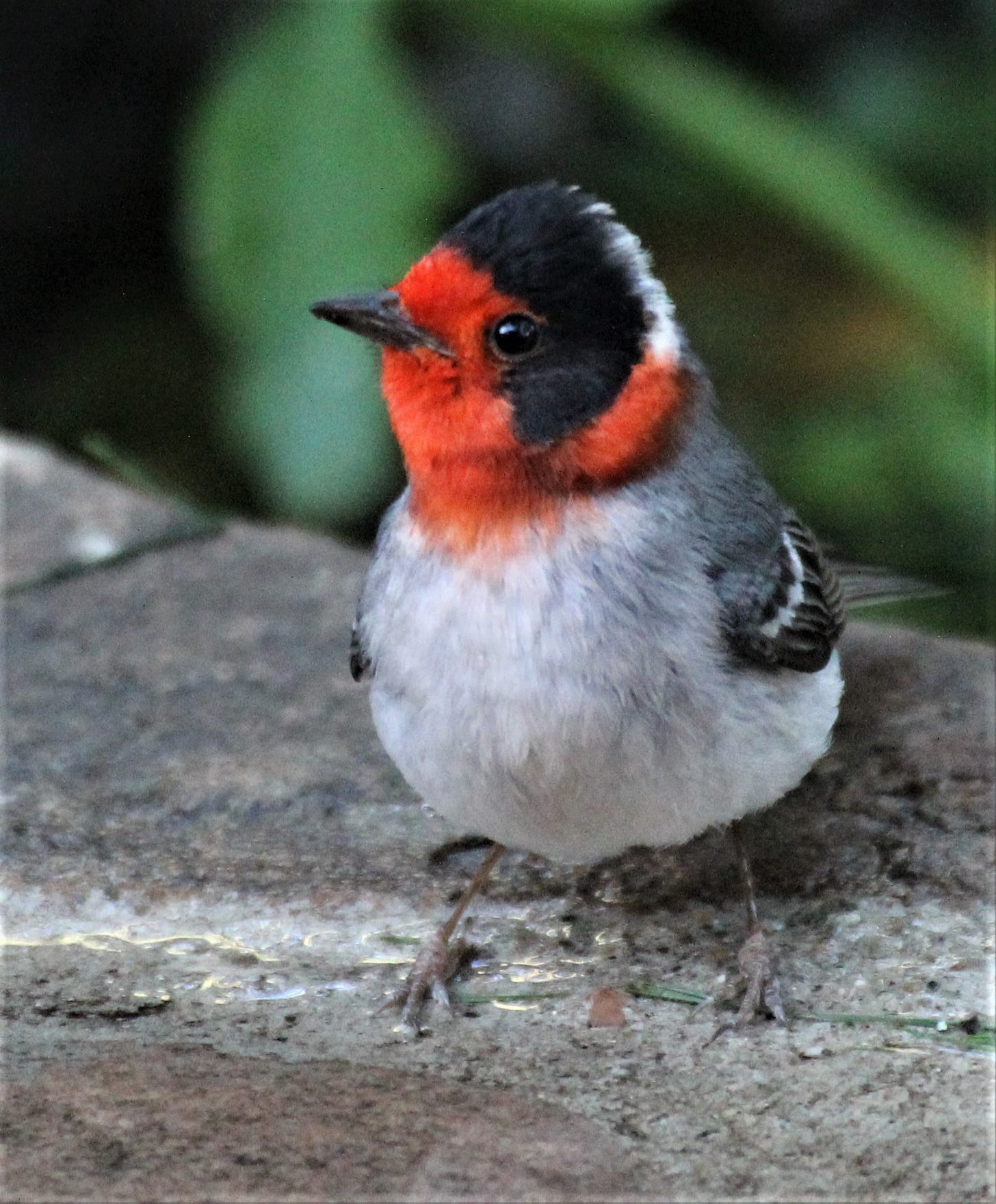
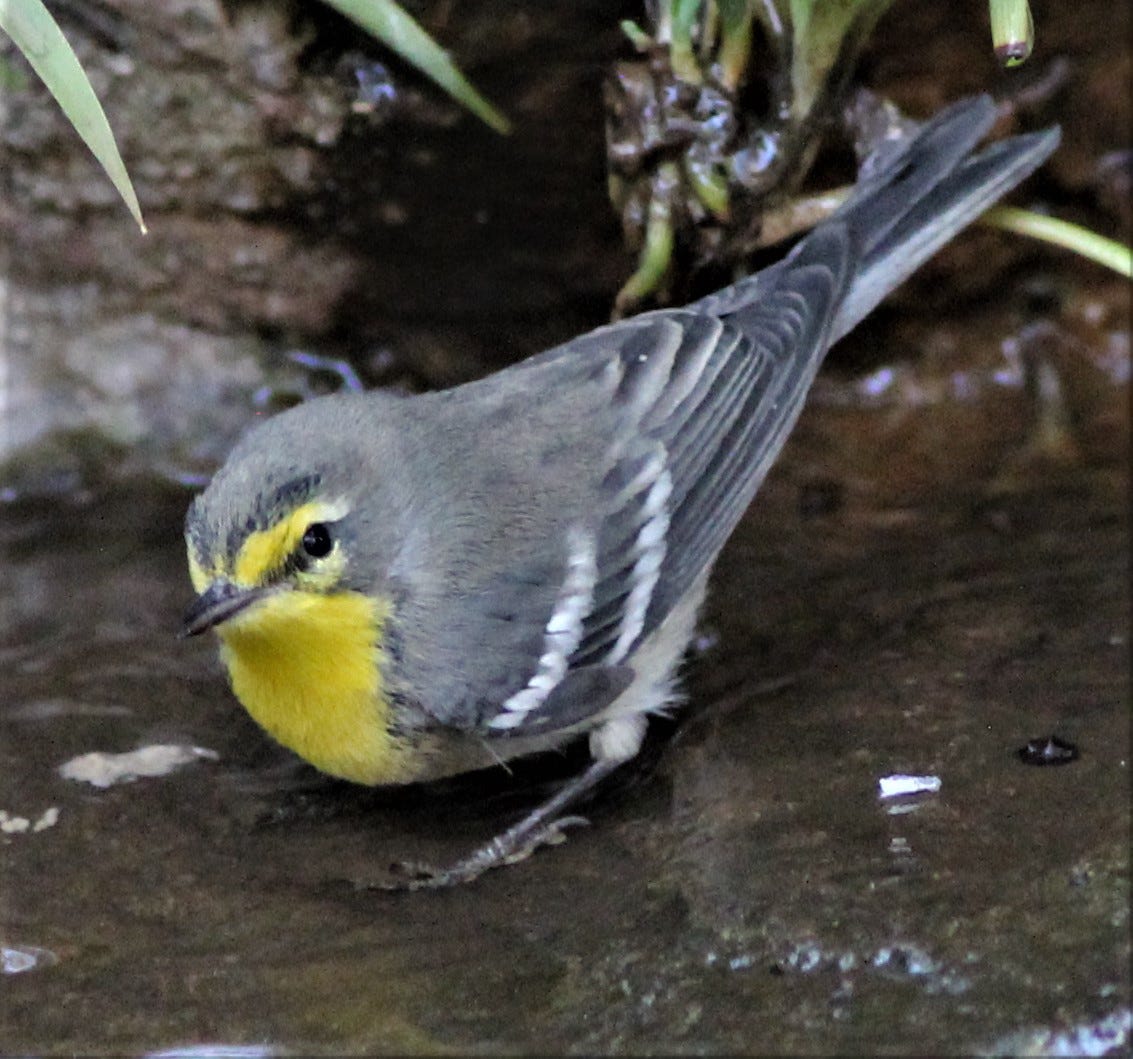
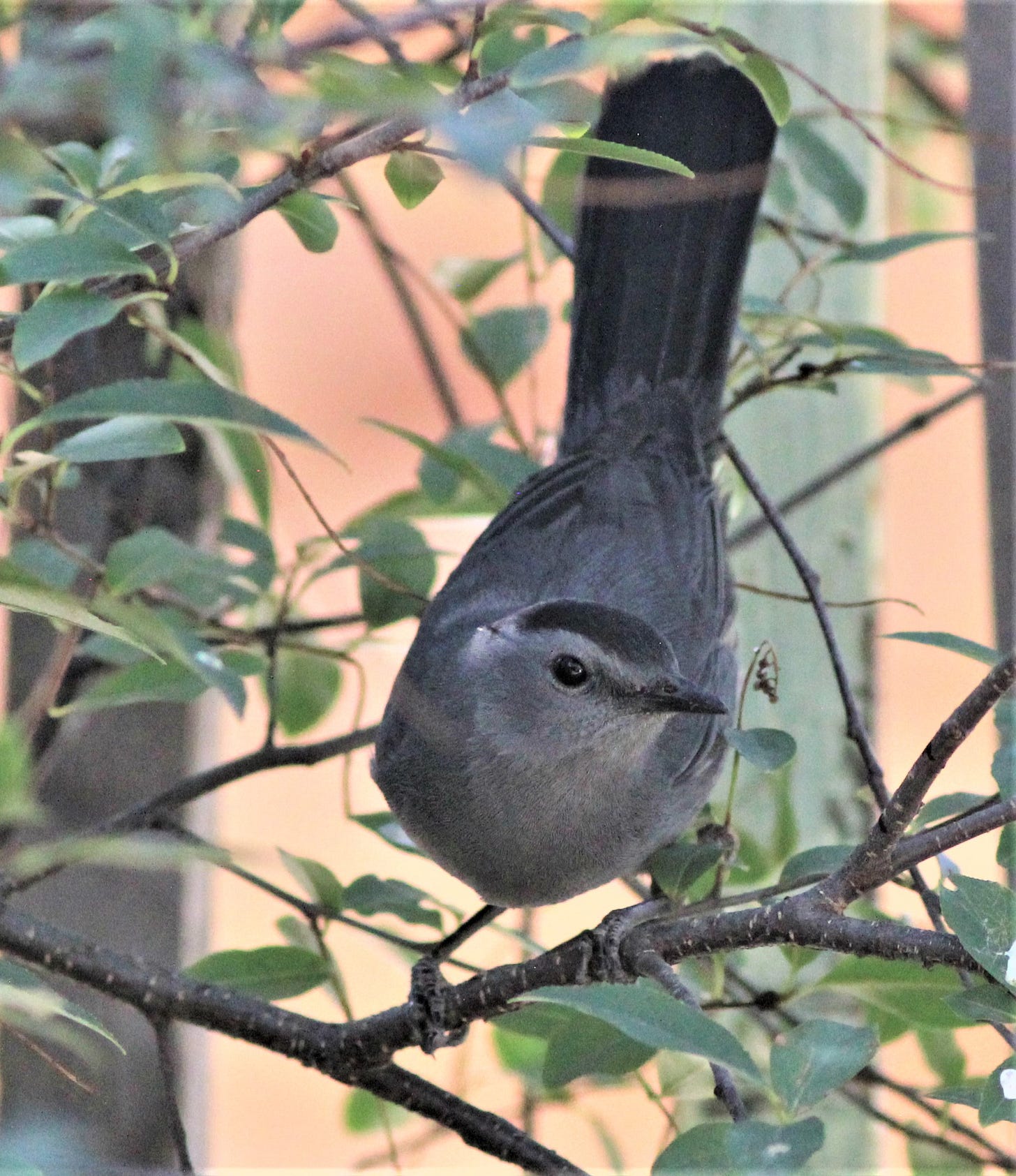
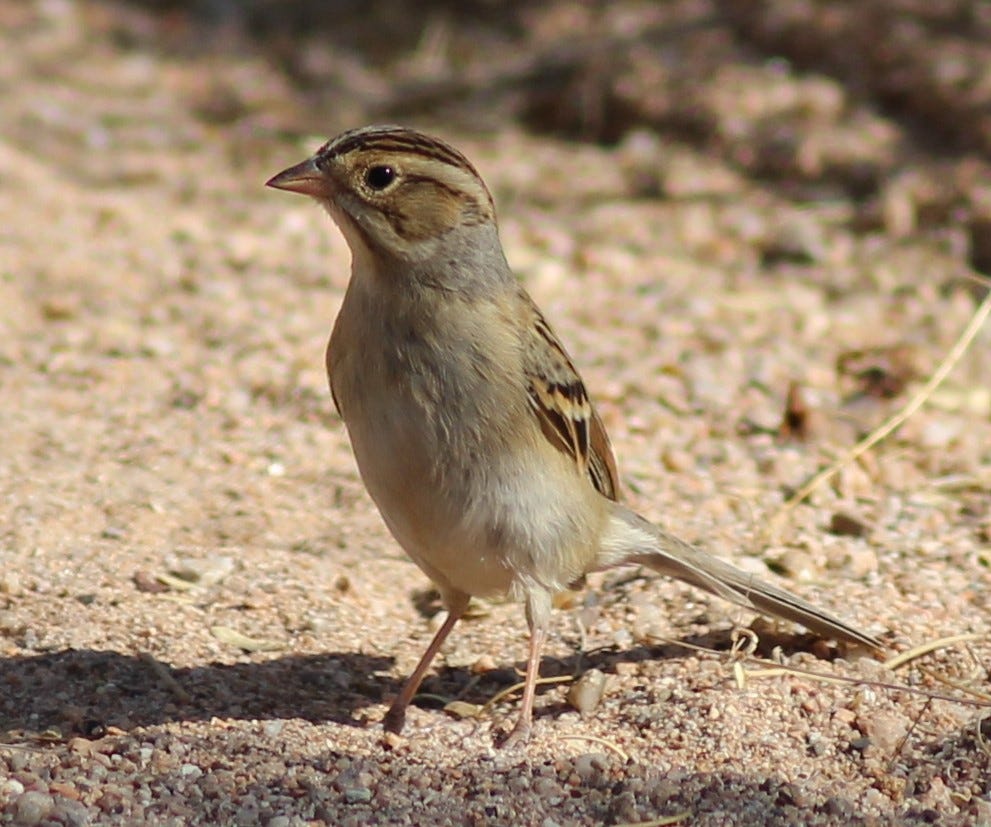
As a biology major (way back when), I am embarrassed that I had to look "tardigrades" up!